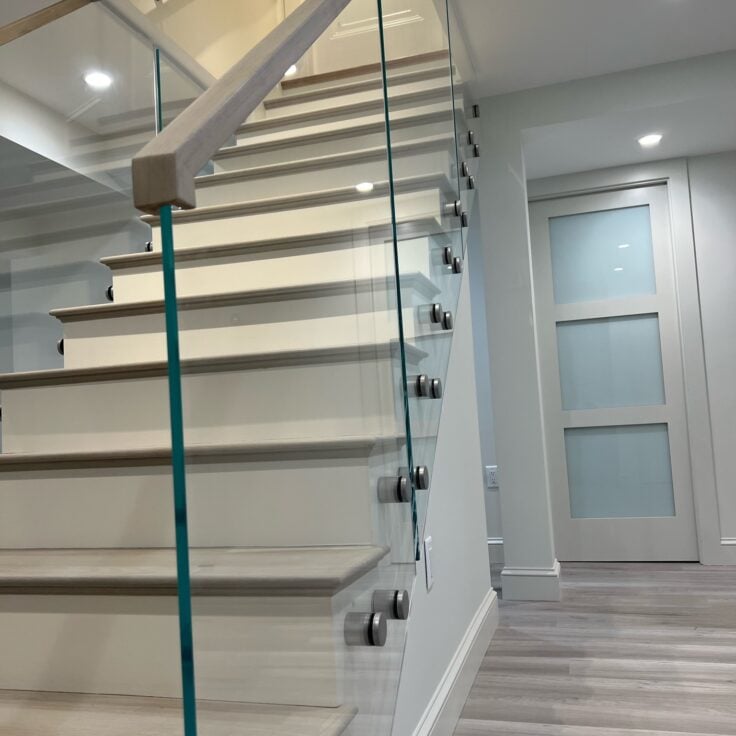When it comes to displaying glass panels, signs, or shelves, you have several options for mounting them. Two popular choices are glass standoffs and traditional mounting methods. Each has its advantages and disadvantages. Let’s explore both to help you decide which is better for your project.
What Are Glass Standoffs?
Glass standoffs are hardware pieces that hold glass panels away from the wall. They create a floating effect, making the glass appear as though it’s suspended in the air. Made from materials like stainless steel or aluminum, these standoffs come in various sizes and finishes, adding a modern touch to any space.
What Are Traditional Mounting Methods?
Traditional mounting methods typically involve using brackets, screws, or adhesive to secure glass panels directly to a wall. This can include using L-brackets, hooks, or simple wall anchors. These methods are often straightforward and can be less expensive than glass standoffs.
Advantages of Glass Standoffs
-
Modern Look: Glass standoffs provide a sleek and contemporary appearance. They enhance the visual appeal of glass panels, making them a popular choice in offices and homes.
-
Floating Effect: The standoffs create a unique floating effect that can make your glass installations look more artistic and sophisticated.
-
Easy Installation: While installation requires some tools, using standoffs can be straightforward. They often come with all the necessary hardware and instructions.
-
Durability: Glass standoffs are made from strong materials, which means they can securely hold heavy glass panels without fear of breaking or bending.
Disadvantages of Glass Standoffs
-
Cost: Glass standoffs can be more expensive than traditional mounting methods. If you’re on a tight budget, this might be a consideration.
-
Complexity: For larger or thicker glass panels, you may need multiple standoffs for adequate support, which can complicate the installation process.
Advantages of Traditional Mounting Methods
-
Cost-Effective: Traditional mounting methods are often less expensive, making them a great choice if you’re on a budget.
-
Simplicity: They can be easier to install for some people, especially if you’re familiar with using brackets or screws.
-
Versatility: Traditional methods can work with various materials and shapes, not just glass.
Disadvantages of Traditional Mounting Methods
-
Less Visual Appeal: Traditional methods don’t offer the same modern look as glass standoffs. The brackets and screws can be more visible and less aesthetically pleasing.
-
Limited Floating Effect: Unlike glass standoffs, traditional mounting methods do not create a floating effect, which can make the glass appear heavier and less elegant.
-
Potential Damage: Some traditional methods may cause damage to the wall or the glass if not installed correctly, leading to cracks or uneven surfaces.
Which Is Better?
Choosing between glass standoffs and traditional mounting methods depends on your specific needs and preferences.
-
If you want a modern look and a floating effect, glass standoffs are the way to go. They add elegance and style to any installation, making them a popular choice for contemporary designs.
-
If you’re looking for a budget-friendly and straightforward solution, traditional mounting methods may be the better option. They work well for many projects and can be easier to install, especially for those who are not experienced with hardware.
Conclusion
In summary, both glass standoffs and traditional mounting methods have their pros and cons. The best choice depends on your project’s requirements, budget, and aesthetic preferences. Whether you opt for the sleek style of glass standoffs or the practicality of traditional methods, each option can effectively showcase your glass installations.
